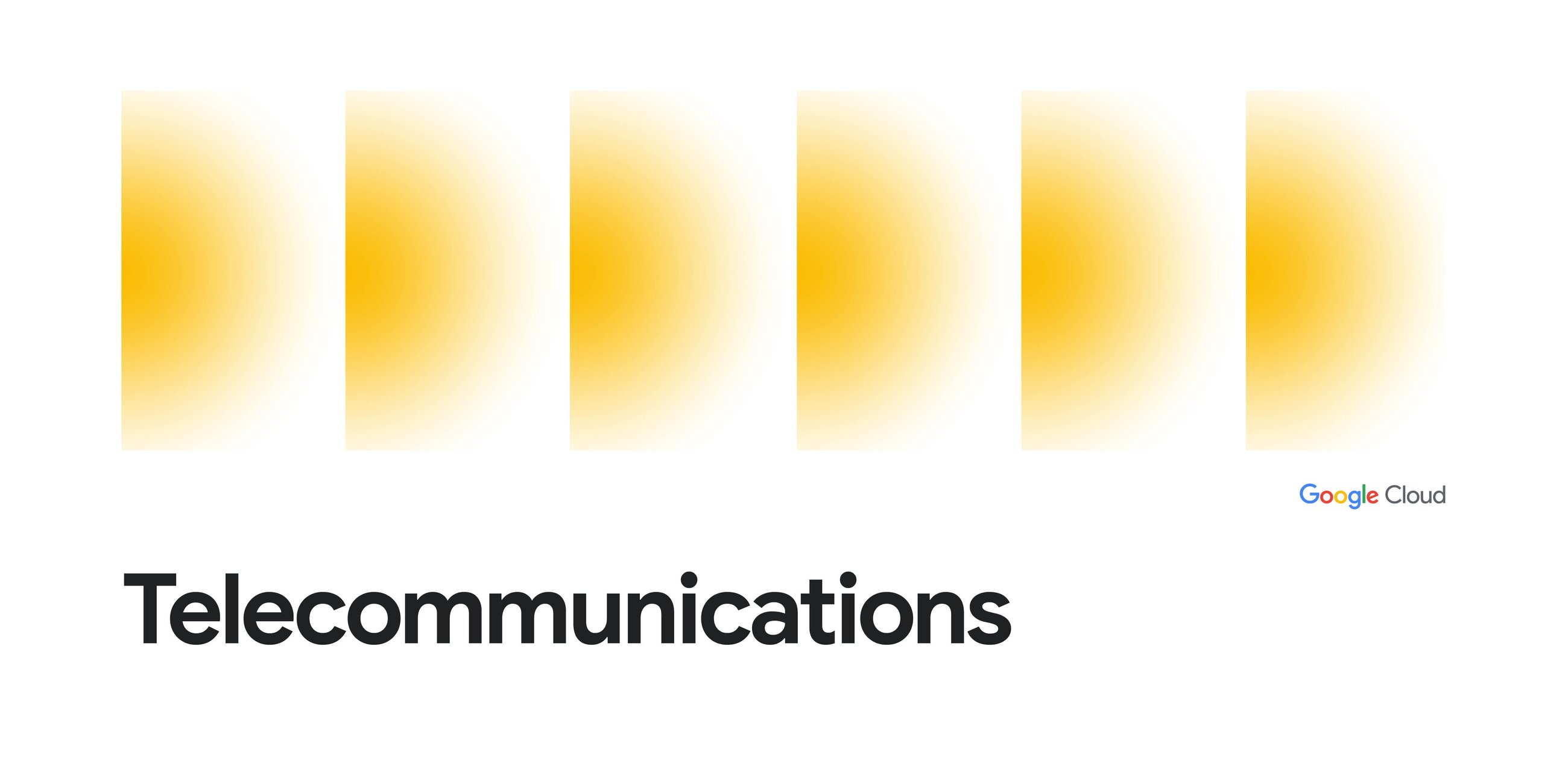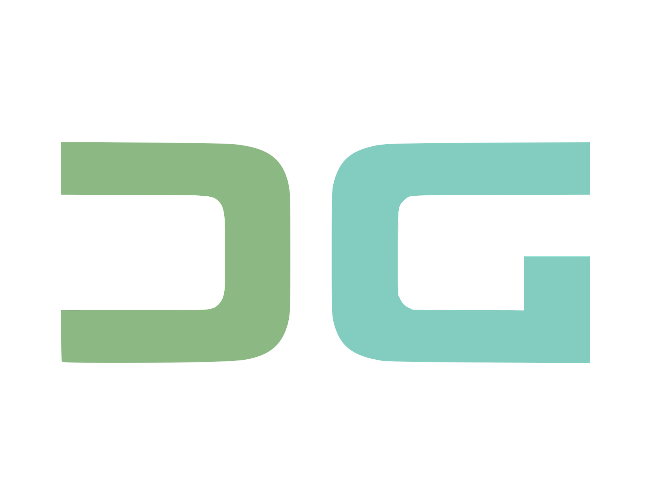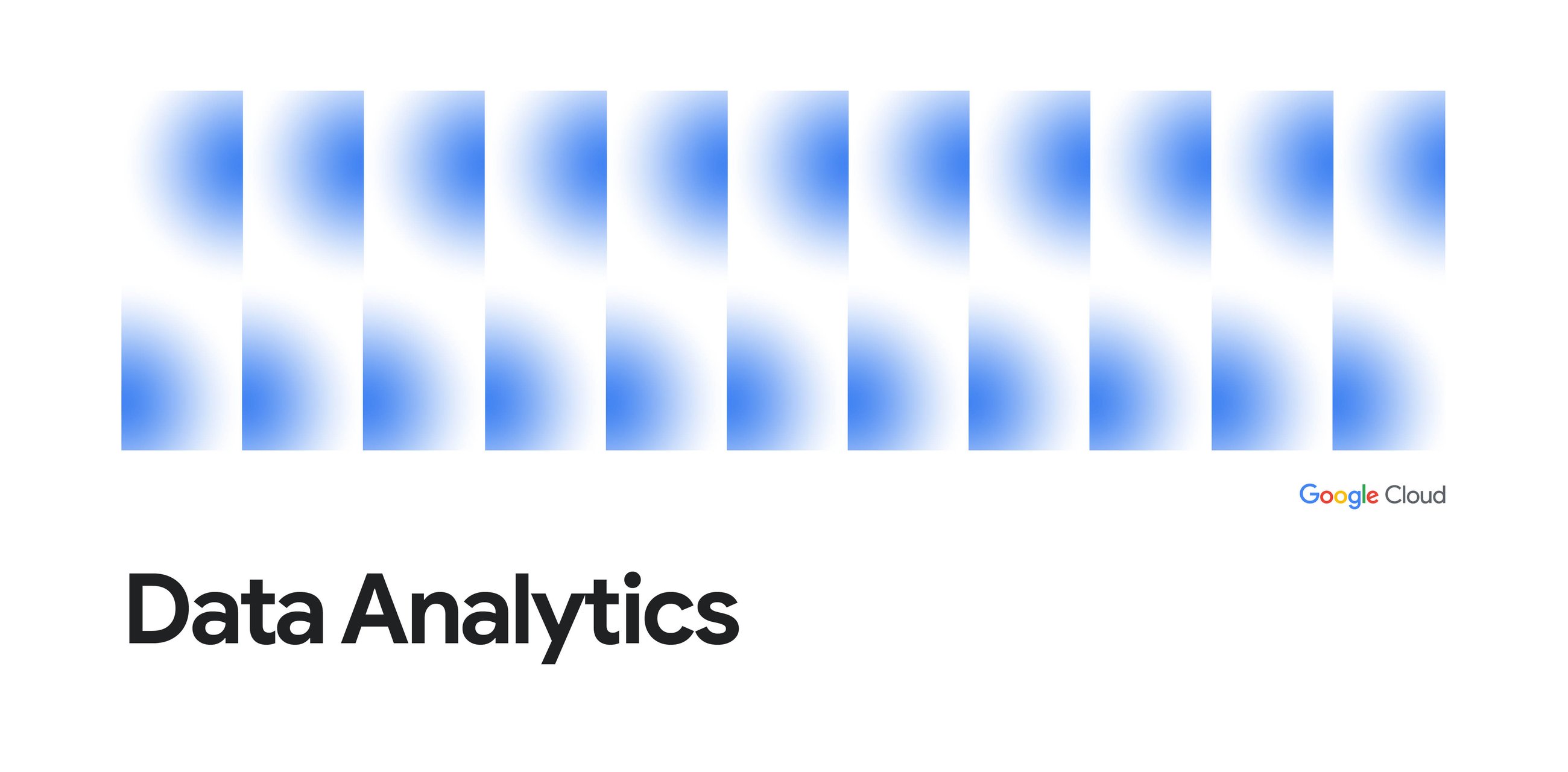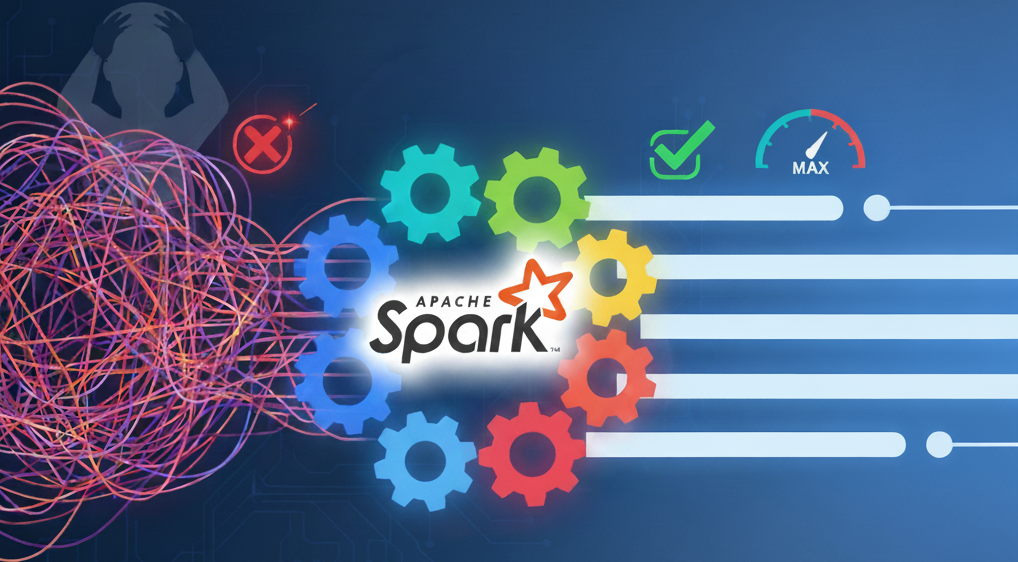
Data is the engine of modern telecommunications. For Ericsson’s Managed Services, which operates a global network of more than 710,000 sites, harnessing this data is not just an advantage, it’s essential for business growth and leadership. To power the future of its autonomous network operations and deliver on its strategic priorities, Ericsson has been on a transformative data journey with governance at the center of its strategy.
Ericsson moved from foundational practices to a sophisticated, business-enabling data governance framework using Google Cloud’s Dataplex Universal Catalog, turning data from a simple resource into a strategic asset.
From a new operating model to a new data mindset
Ericsson’s journey began in 2019 with the launch of the Ericsson Operations Engine (EOE), a groundbreaking, AI-powered operating model for managing complex, multi-vendor telecom networks. The EOE made one thing clear: to succeed, data had to be at the core of everything.
This realization led Ericsson to develop its first enterprise data strategy, which established the core principles for how data is collected, managed and governed. However, building a strategy is one thing — operationalizing it at scale is another.
To move beyond theory to address real-world challenges, Ericsson needed to:
-
Build trust: Provide discoverable, clean, reliable, and well-understood data to the teams deploying analytics, AI, and automation.
-
Balance defense and offense: Ensure compliance with contracts and regulations (defensive governance) while empowering teams to innovate and create value from data (offensive governance).
-
Ensure data integrity: Ericsson users see data integrity as the core principle for effective data management. Data quality, which is essential for reliable, trustworthy data throughout its lifecycle, is a key quality indicator (KQI) for measuring effectiveness. Any quality deviations must be managed like a high-priority incident with clear Service Level Agreements (SLA) for restoration and resolution.
To realize this vision, Ericsson sought a platform that could match its ambition for global-scale governance and innovation — and Dataplex Universal Catalog emerged as the ideal choice.
Ericsson made its selection based on four key criteria.
First, its capabilities aligned perfectly with Ericsson’s requirements for cloud-native transformation, business principles, and a long-term governance vision, underpinned by Ericsson’s strategic partnership with Google Cloud. Second, from a technical standpoint, Dataplex provided a tightly integrated, end-to-end ecosystem as a native Google Cloud solution, translating to faster time-to-market for use cases and reduced integration overhead.
Third, the platform offered a practical operating model that enabled quick learning, adaptation, and self-sufficiency, supporting an agile approach where Ericsson could fail fast and iterate. Finally, as an existing Google Cloud customer, Dataplex presented a clear and manageable Total Cost of Ownership (TCO), serving as a natural extension of Ericsson’s existing environment and providing a clear, manageable cost profile for both storage and compute extension with governance capabilities.
Putting governance into practice: Key capabilities in action
With Dataplex Universal Catalog as the governance foundation, Ericsson began implementing the core pillars of its governance program, moving from manual processes to an automated, intelligent data fabric.
More specifically, Ericsson established a unified business vocabulary within Dataplex. This transformative first step eliminated ambiguity and ensured their teams — from data scientists to data analysts — were speaking the same language. These glossaries also captured tribal knowledge and became the foundation for creating trusted data products.
In addition, Dataplex’s catalog is at the heart of the data governance solution, making data discovery simple and intuitive for authorized users. Ericsson uses its tagging capabilities to enrich the data assets with critical metadata, including data classification, ownership, retention policies, and sensitivity labels. Dataplex’s ability to automatically visualize data lineage, down to the column level, is another game-changer. Different data personas can instantly understand a dataset’s origin and its downstream impact, dramatically increasing trust and reducing investigation time. Furthermore, trustworthy AI models are built on high-quality data. For proactive data quality, Ericsson uses Dataplex to run automated quality checks and profiles on its data pipelines. When a quality rule is breached, an alert is automatically triggered, creating an incident in its service management platform to ensure data issues are treated with the urgency they deserve.
These capabilities are all underpinned by Ericsson’s Data Operating Model (DOM), a framework that defines the policies, people, processes, and technology needed to translate its data strategy into tangible value, comprising several facets when working with data.
Source Credit: https://cloud.google.com/blog/topics/telecommunications/how-ericsson-achieves-data-integrity-and-superior-governance-with-dataplex/




